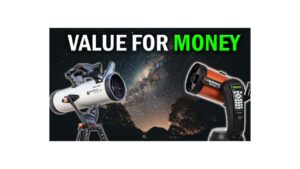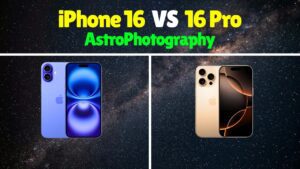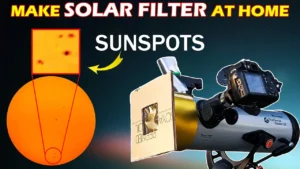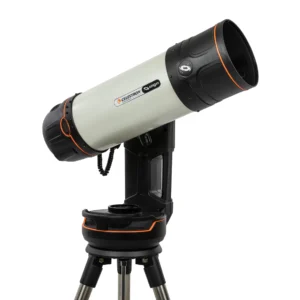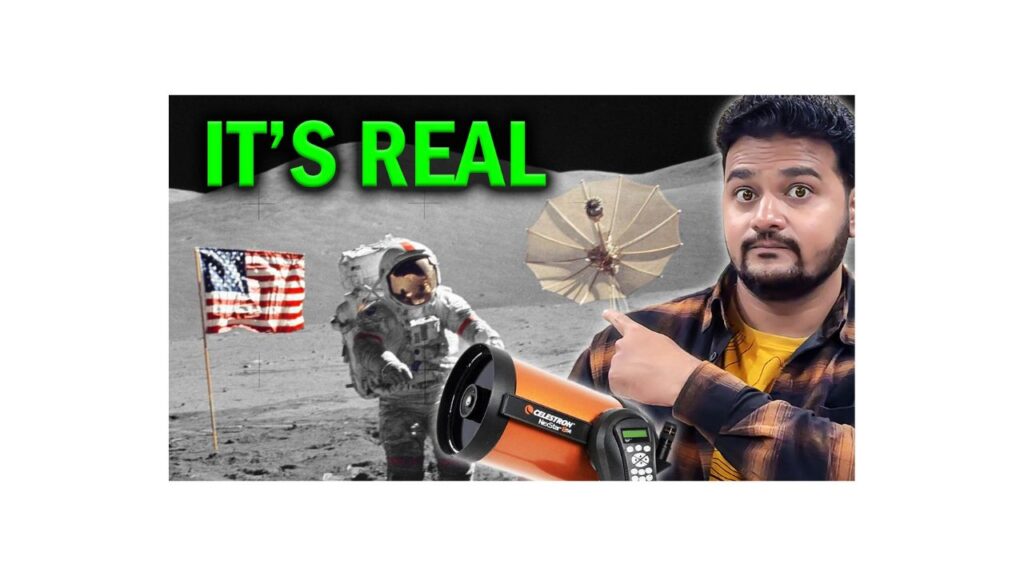
Neil Armstrong stepping on the moon was humanity’s greatest achievement of all time. It’s been more than 50 years since we went to the Moon, yet conspiracy theories claiming the moon landing was fake still exist. These theorists argue that NASA staged. The claims of these conspiracy theories have been debunked multiple times by scientists and even TV shows like MythBusters. However, despite debunking these conspiracy theories they still exist.
Some of these moon landing myths can actually be tested using a telescope. So, I decided to use my biggest telescope, NexStar 8SE to debunk some of the most common myths about the Moon landing conspiracy theory. At the end of this article I will show you conclusive proof of the landing, including actual images of the lander that carried Neil Armstrong to the lunar surface.
Let’s see the most common things which can be tested with the telescope.
The Missing Stars Argument
Conspiracy theories say that if astronauts were really on the Moon, the black sky behind them should be filled with stars. However, a simple experiment with my own telescope proves otherwise.
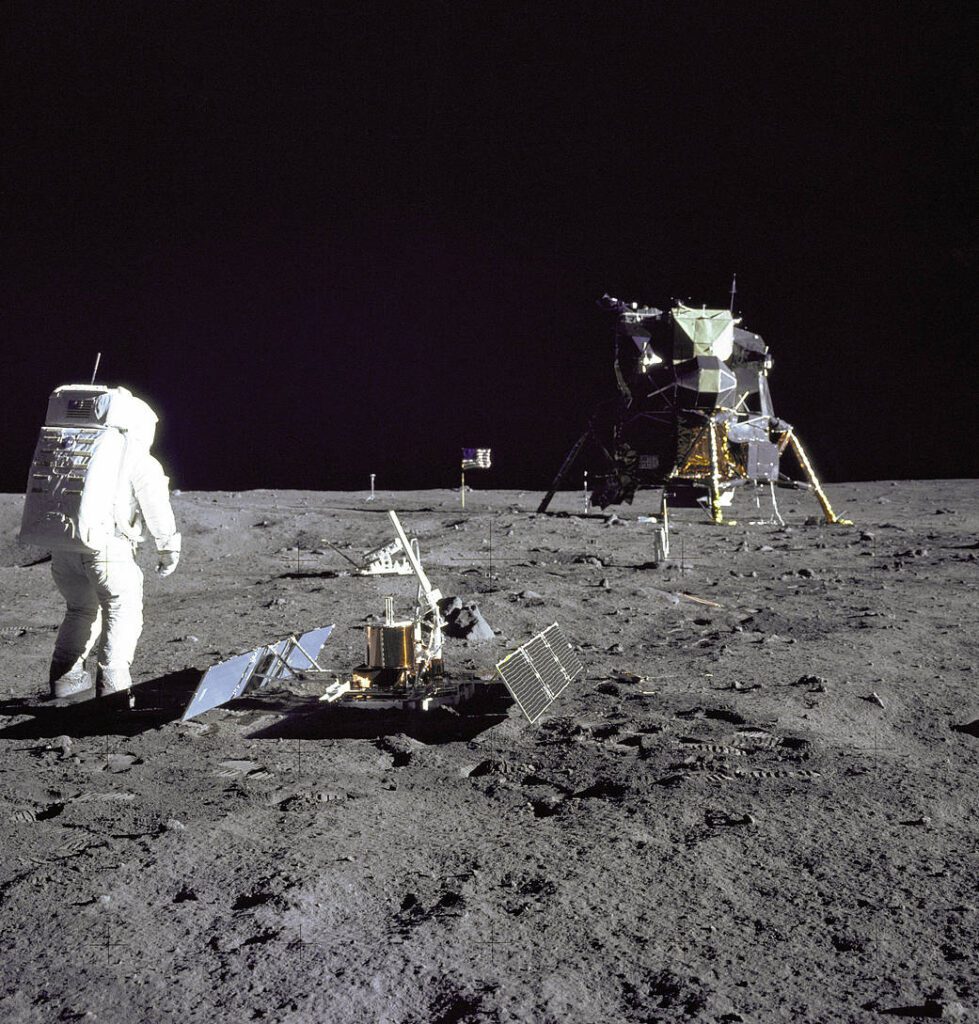
Before explaining why, let’s consider this: Can we see stars during the daytime on Earth? No, right? Now, the same principle applies to the Moon. When Neil Armstrong landed, it was lunar daytime in that region, meaning the Sun was shining, and the Moon’s surface was brightly lit.
Now, when I observe or click the photo of the Moon through my telescope, I can see its bright surface in incredible detail but no stars. Why? Because of camera exposure settings.

As the moon is the brightest object in the frame and when a camera captures a bright object, it adjusts its exposure to a shorter time to prevent overexposure. Whether it’s a camera from 1969 or today’s camera, to capture the bright object it uses short exposures.
Now when I point my telescope during the half moon phase on the bright side of the moon. I can not see any stars in the background sky. When I move the moon just to one side of my FOV, even in the surrounding sky on the bright side of the moon I can’t see any stars. This is because the light reflected by the moon’s surface is so bright that any faint stars even if it is present in the sky you won’t notice it as much brighter light is reflected by the moon.
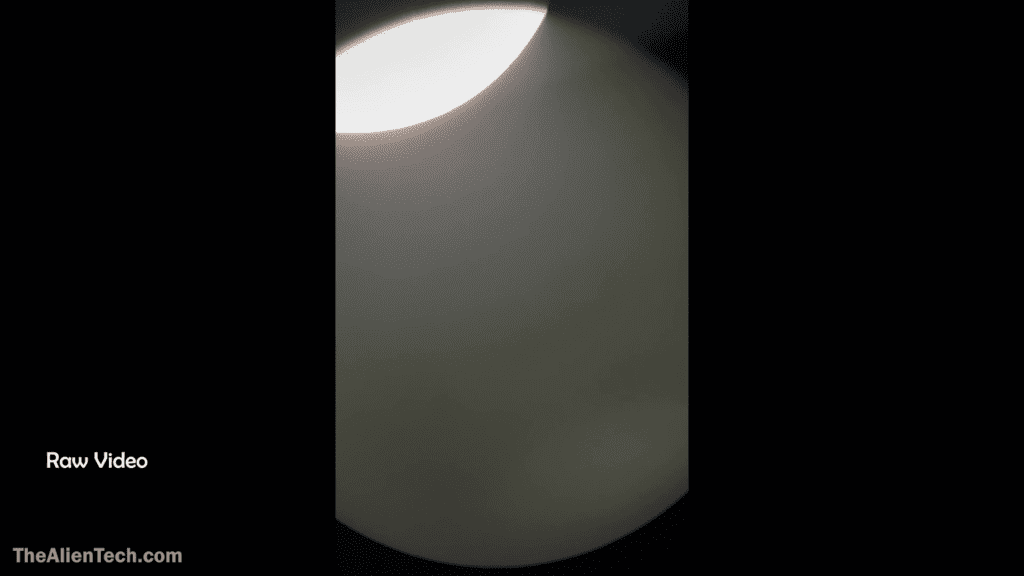
Now if I move my telescope from the bright to dark side where there is a night region on the moon. And if I look in the surrounding sky I can see some stars in this region of the sky. This is because there is no light reflected by the darker side of the moon, all the light you see in this region of sky is the reflected light coming from the brighter side, but its intensity is much lower on this side. Because of this you see stars on the darker side of the moon. So when you focus on the night region of the moon you will be able to see the stars in the background.
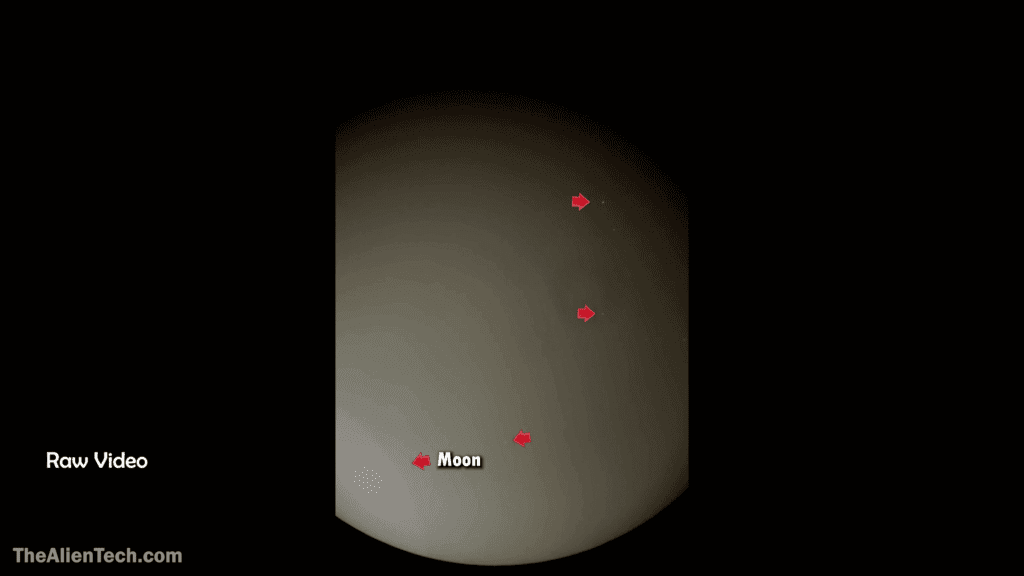
If you want to capture faint stars you will need a long exposure like we do during deep space astrophotography. Had Neil Armstrong landed in a region where there was night on the moon. And then clicked pictures, you would have definitely seen some stars.

So when Neil Armstrong clicked the pictures standing on the moon’s surface. The light reflected by the moon’s surface was so bright that the camera couldn’t capture fainter light coming from the stars in the sky. This automatically made faint background stars disappear.
If there is a really bright star in the brighter side sky of the moon. Then you will be able to see it even on the brighter side. But faint ones won’t be visible as the moon reflects much brighter light.
So overall when Apollo 11 landed, it was broad daylight on the Moon. The light reflecting off the surface was far brighter than the stars in the sky. On top of that, camera exposure settings prevented stars from being captured in the images.
You can test this yourself with your telescope and a camera.
The Shadows Are ‘All Wrong’
Conspiracy theories often talk about “inconsistent shadows” in Moon landing photos. Their argument is that if the Sun was the only light source, all shadows should be perfectly parallel.
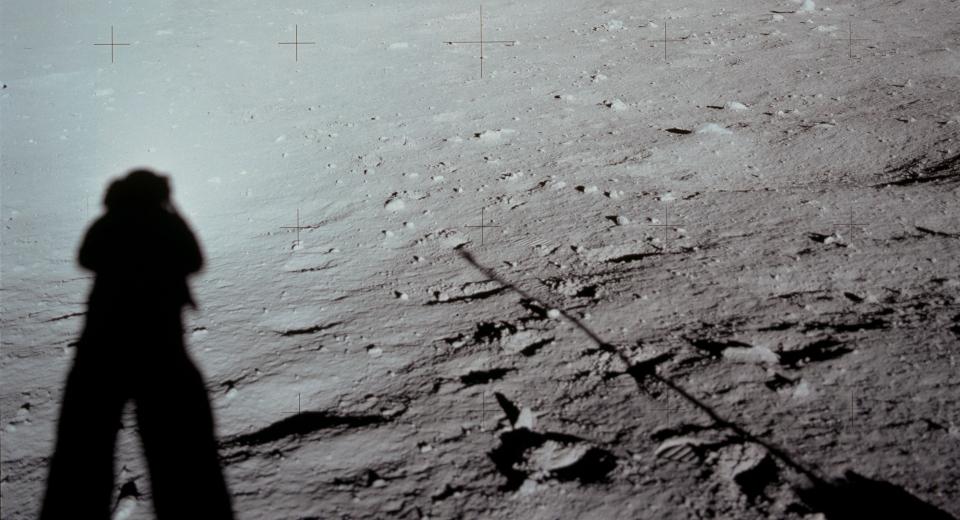
The picture you saw where the shadows do not look parallel. It is because when the sun is on horizon the sun causes longer shadows. As I told you earlier, you can see that effect on earth as well. During the sunset or sunrise when the sun is on the horizon the shadows on the earth are long. And sometimes they appear to be pointing in different directions. For example, take a look at following picture. You can see that these 3 people are standing just a few feet away from each other. Yet, their shadows look like they are pointing in different directions during sunset.
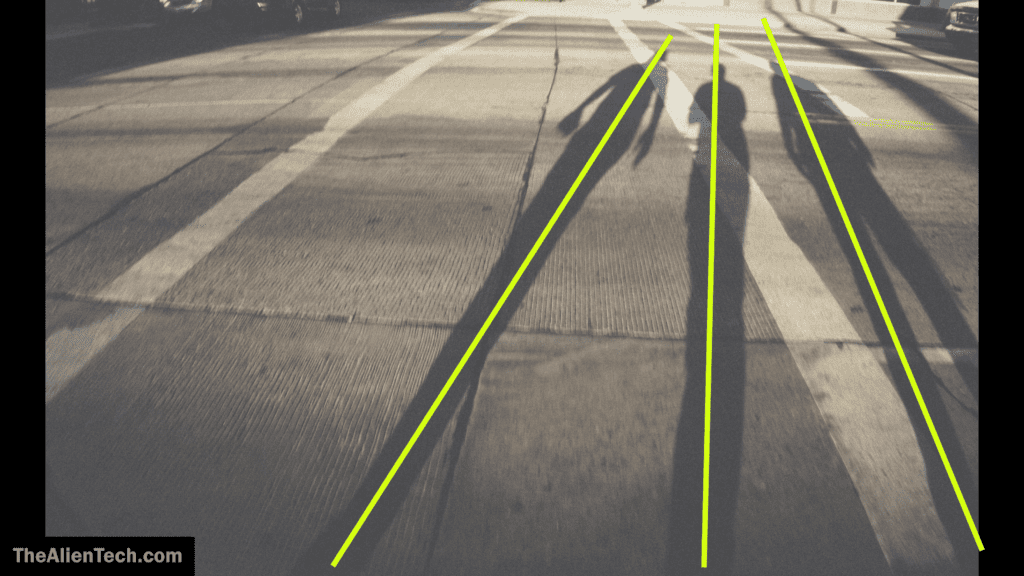
Apollo 11 landed during the lunar sunrise when the sun was low on the horizon. That’s why you see the longer shadows of the astronauts and other objects.
This is also because of perspective, when you look at a train track you can see that the parallel tracks feel like they converge at one single point further ahead, but that is just perspective.
However, a quick look at the Moon’s surface through my telescope also proves this argument wrong. The lunar terrain is rugged, filled with craters and hills. These uneven surfaces naturally cause shadows to stretch in different directions, just as they do on Earth.
You can test this yourself with a telescope during the half-moon phase. You need to point your telescope at the area near the terminator. It is the line between the bright and dark portions of the Moon and observe the shadows casted by craters. You’ll notice that some shadows seem to be pointing in different directions.
For example when I observed the moon you can see that these two shadows are not parallel. It seems like they are pointing in different directions.
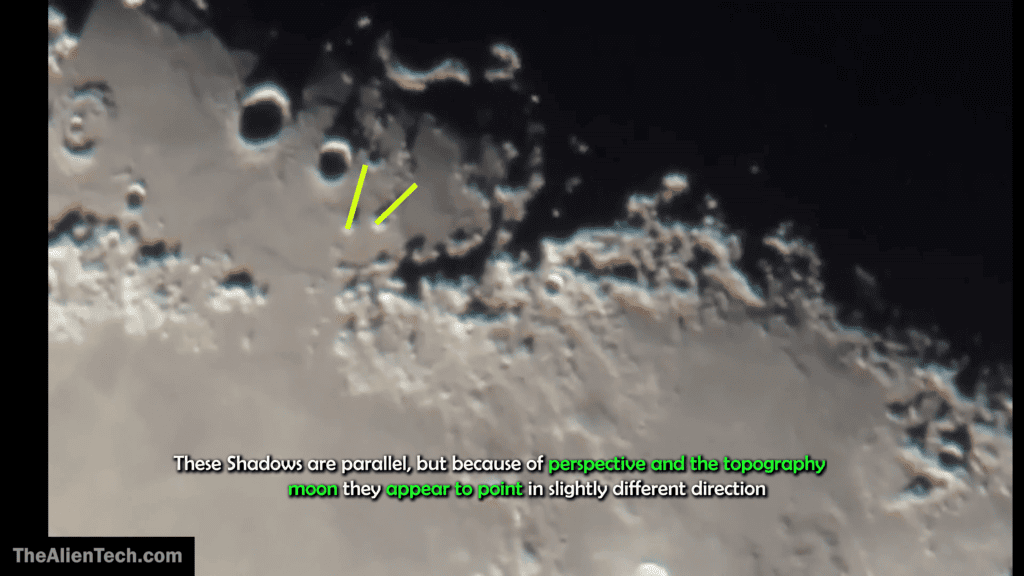

Similarly here as well, if you just look near the terminator. Many times you will find these shadows are not parallel and going in different directions.
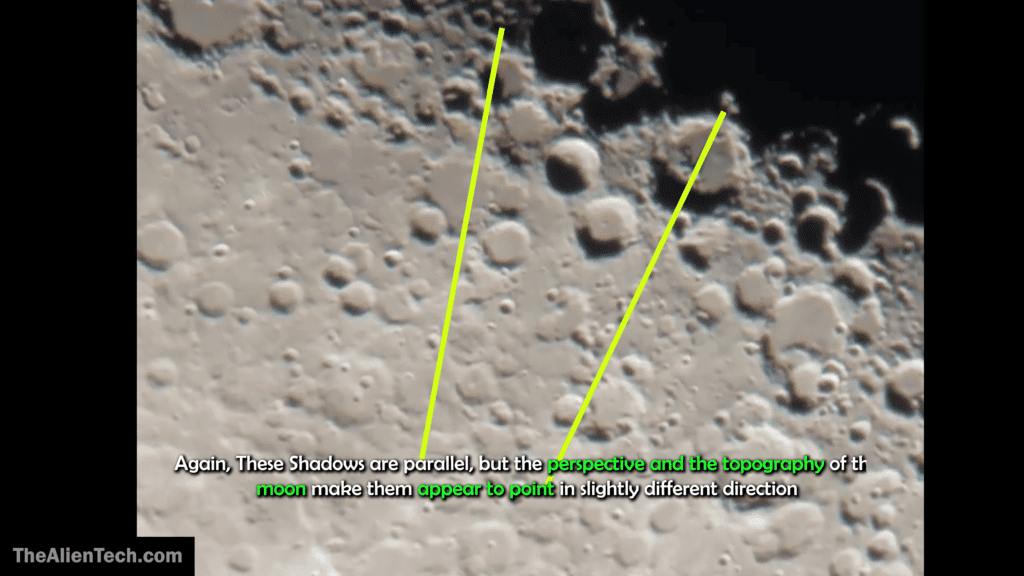
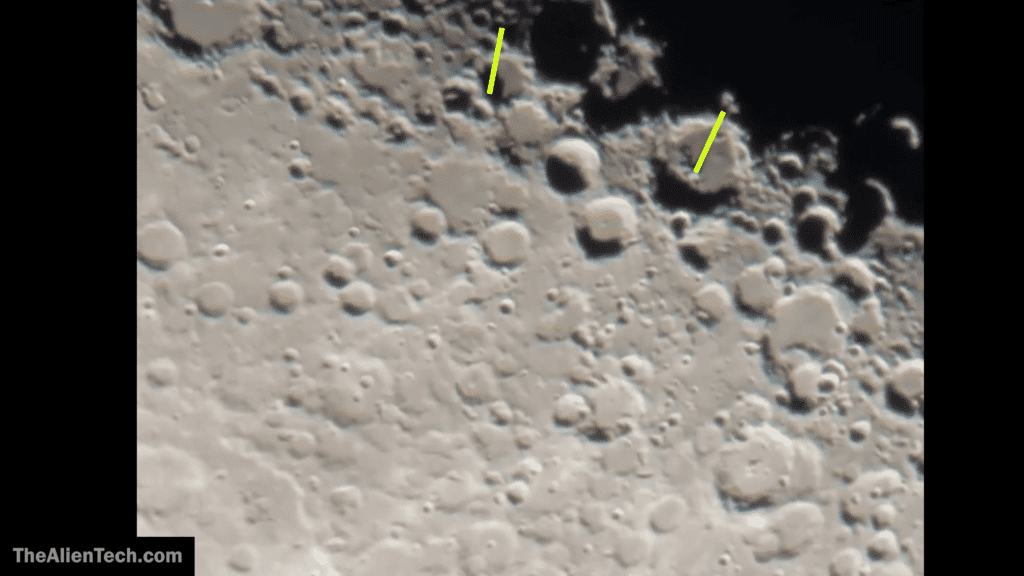
These are some of the main myths conspiracy theorists use to claim the moon landing is fake. Now I have proved them using a telescope. You can do the same. Use your own telescope and observe the moon during its different phase. And see the changes in the shadows.
If you do not have a telescope then check out this article to know which telescope you should buy.
Lander photo from Apollo 11,12 mission
One of the most common things Moon landing conspiracy theorists ask is “Just show us the flag on the Moon“. However, spotting something as tiny as a flag on the Moon from Earth is impossible. Even with the most powerful telescopes.
Even satellites orbiting the Moon, which are much closer than Earth, cannot capture images of the flag directly due to their resolution limits.
However, over the years various orbiters have taken high-resolution images of the Apollo landing sites. Proving that the Apollo missions left equipment and footprints behind. One such orbiter is ISRO’s Chandrayaan-2 orbiter. The ISRO’s Chandrayaan 2 mission was partially successful. Its orbiter successfully entered the moon’s orbit but the lander failed to land on the moon’s surface.
While orbiting close to the Moon’s surface, Chandrayaan-2’s orbiter captured high resolution images of the Apollo 11 landing site. Including the lander that carried Neil Armstrong and Buzz Aldrin to the lunar surface. In this image you can see the lander captured by Chandrayaan 2’s orbiter. The lander is standing there and it is the most high resolution image of the Apollo 11 landing site so far. This proves that the moon landing was real. We did land on the moon.

The Chandrayaan 2 lander also captured the landing site of the Apollo 12 mission. In the following image you can see the lander of Apollo 12 mission as well. If you look closely you can also see the footprint path of the astronaut’s moonwalk.
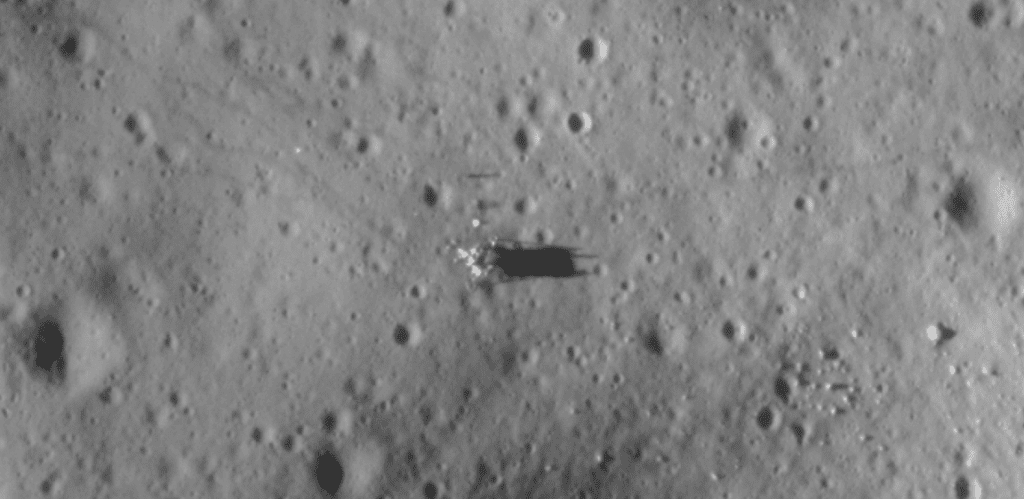
These Images from ISRO’s data were first found by Marty McGuire from backyardastronomyguy.com. To make sure even I Extracted these images from the Chandrayaan 2’s Data from ISRO’s website.
So now it’s time for you to check these things by yourself. Take your telescope and focus on the moon and check it for yourself. So that you do not need to believe these crazy conspiracy theories.
If you want to learn more about telescopes and stargazing, then check other articles on our website.
